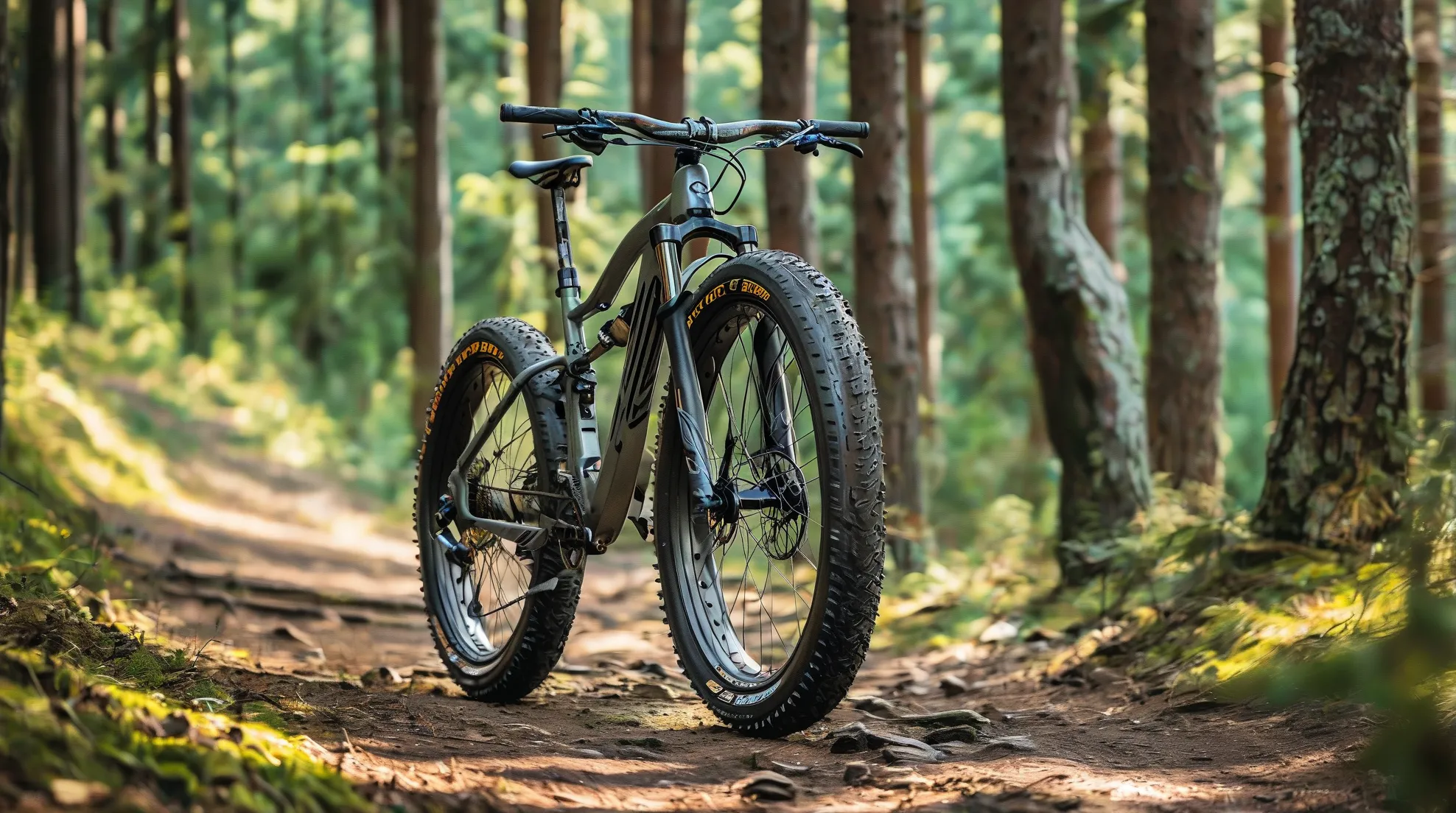Navigating the world of mountain bike tires can feel overwhelming, especially when you’re searching for a 27.5×2.5 all-terrain option that balances durability, traction, and trail performance. Whether you’re tackling rocky descents, muddy singletracks, or mixed terrain, the right tire choice can make or break your ride. Here’s a data-backed guide to help you make an informed decision.
1. Prioritize Tread Pattern for Your Riding Style
The tread design directly impacts grip and rolling efficiency. For aggressive trail riding, opt for staggered knobs with wide spacing (like Maxxis Minion DHF) to shed mud and bite into loose surfaces. Cross-country riders should look for tighter center treads (e.g., Schwalbe Racing Ray) for lower rolling resistance. A 2023 study by BikeRadar found that tires with multi-directional siping improve cornering traction by up to 18% on wet roots and rocks.
2. Rubber Compound Matters More Than You Think
Premium brands like Vittoria and Continental use dual-compound rubber, pairing a softer outer layer for grip with a firmer base for durability. For example, Continental’s BlackChili compound increases puncture resistance by 30% while maintaining flexibility in cold conditions (Cycling Weekly, 2022). Avoid budget tires with single-compound rubber—they wear faster and offer inconsistent performance.
3. Check TPI (Threads Per Inch) for Durability
A higher TPI count (120-150) typically indicates a lighter, more supple tire that conforms to terrain, while lower TPI (60-80) offers better puncture resistance. For all-terrain versatility, look for reinforced casings like Maxxis’ EXO or Schwalbe’s SuperGround—these add sidewall protection without significant weight gain.
4. Verify Compatibility with Your Rim Width
A 27.5×2.5 tire performs best on rims between 30-35mm wide. Too narrow, and the tire becomes unstable; too wide, and rolling resistance spikes. WTB’s rim compatibility chart shows that a 32mm rim optimizes air volume for better traction and pinch-flat prevention—critical for rocky trails.
5. Weight vs. Durability: Strike a Balance
While lightweight tires (sub-800g) boost acceleration, they often sacrifice sidewall strength. For aggressive riding, aim for 900-1,100g per tire with reinforced layers. The Specialized Butcher Grid Gravity tire (1,050g) reduces cuts by 40% compared to its non-Grid version, per Pinkbike field tests.
6. Tubeless-Ready Design Is Non-Negotiable
Tubeless setups reduce flats by sealing small punctures and allow lower tire pressures (22-28 PSI) for enhanced grip. Look for tight bead hooks and airtight casings—brands like Bontrager SE4 Team Issue include proprietary sealant boosters for faster sealing.
7. Analyze Sidewall Protection
Sidewalls account for 65% of trail tire failures (MTBR Forum Survey, 2023). Features like Kenda’s Enduro Core or Pirelli’s Armour Tech add a woven nylon layer to deflect sharp impacts without adding stiffness.
8. Consider Seasonal Versatility
If you ride year-round, prioritize adaptable treads over hyper-specialized designs. The Michelin Wild Enduro Rear excels in both dry and wet conditions due to its graduated knob heights, reducing mud buildup while maintaining hardpack stability.
9. Read Warranty & Brand Reputation
Top-tier manufacturers often back their tires with warranties against manufacturing defects—a sign of confidence in durability. For instance, Schwalbe offers a 12-month “SnakeSkin” sidewall warranty, while Maxxis covers EXO+ casings for six months under trail use.
10. Test Pressure Ranges Before Committing
Optimal PSI varies by rider weight and terrain. Use the “15% sag” rule: inflate to max pressure, then release air until the tire compresses 15% under your weight when seated. Tools like the Quarq TyreWiz provide real-time pressure adjustments during rides.
Final Thought: Match Aggressiveness to Your Trails
There’s no universal “best” tire—only the best tire for your local trails and riding style. Before purchasing, check rider reviews on platforms like Trailforks or consult your local bike shop for terrain-specific recommendations. A well-chosen 27.5×2.5 tire transforms your bike from a generic machine into a precision tool built for the trails you love.
